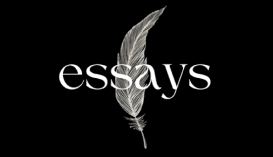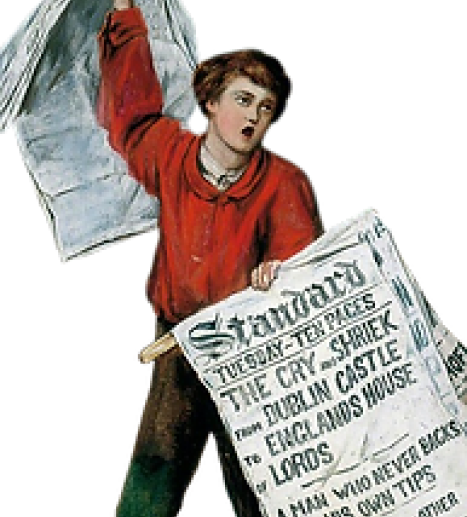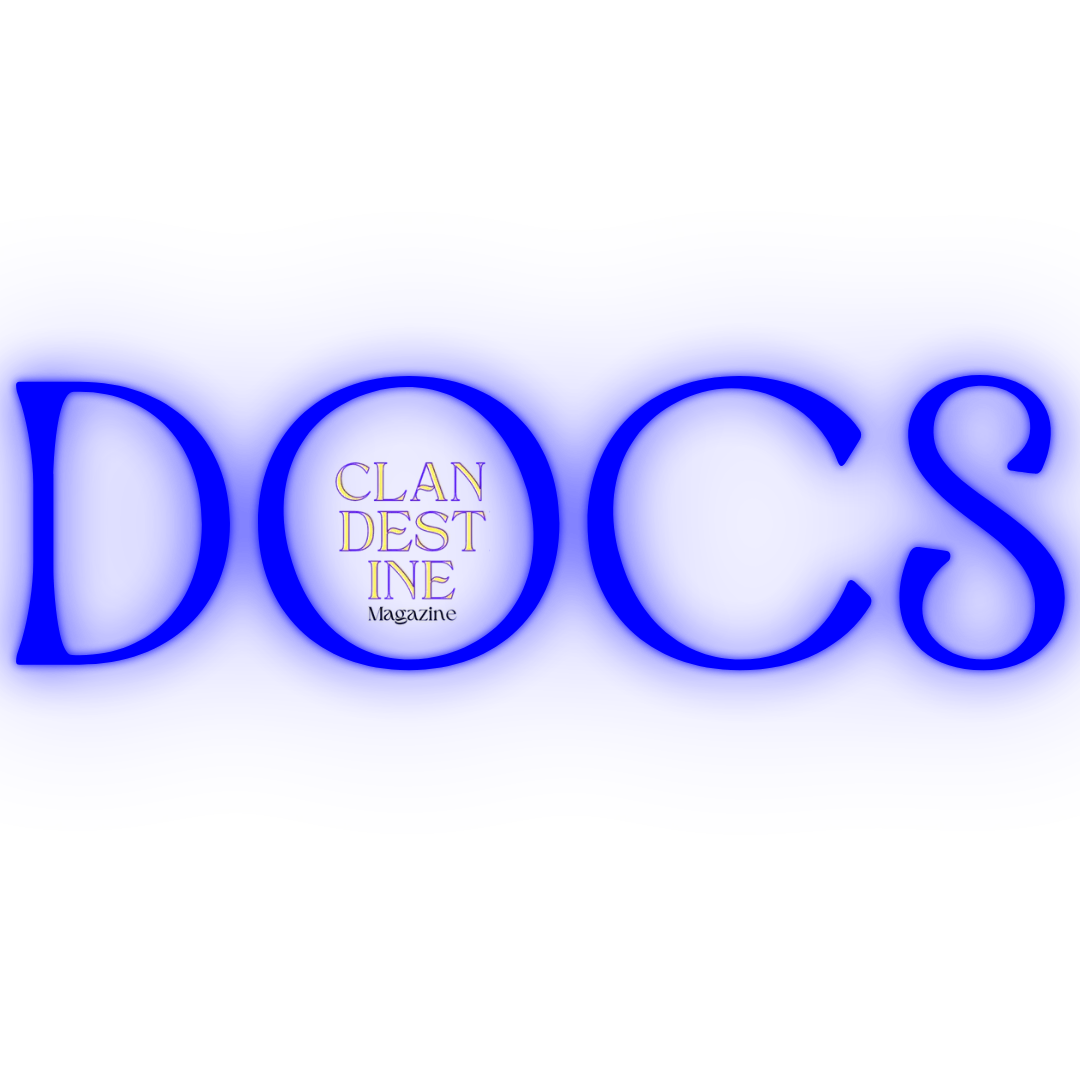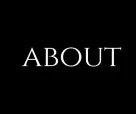As artificial intelligence becomes increasingly capable of replicating reality, the role of human creativity is being reevaluated. AI can already mimic human likenesses and replicate natural scenes with stunning precision and this precision will only grow greater.
The question then arises: what is the point of replicating reality in art now that technology can do it better than any human could? Upon listening to a podcast called the Colin and Samir Show the other day they used the example of video journalist Jonny Harris, they suggested that in the not too distant future, his content could be hosted by an AI version of himself thus freeing his time up to research and create. As Colin and Samir pointed out in the podcast, it’ s likely that viewers wouldn’t even mind if the real Jonny Harris was not on screen. AI could take over the technical aspects of his work, enabling him to focus on the creative process without the pressure of performing for the camera. This shift is emblematic of a broader transformation in the creative landscape, where artists are liberated from the “how” of creation and can now focus more on the “ what” – the meaning, the vision, and the essence of their work.
This paradigm shift, however, raises a crucial question: what does this new freedom mean for the future of creating? How can creatives create something that is still human, something that resonates with our complexity and depth, when AI can replicate so much of what we once considered uniquely human? I think to try and answer this question, it is worth turning to the example of Cubism, a movement that radically redefined the way humans represent the world.
For centuries, Western art was focused on the idealisation of the human form and the realistic representation of nature. The pursuit of perfection in realism dominated the artistic landscape, culminating in breathtakingly lifelike portraits, sculptures, and landscapes. Yet, this ideal of realism – capturing the world as it is – has become less relevant in a world where AI can do it faster, cheaper, and arguably more accurately. The ability to replicate reality is no longer a measure of artistic skill. A photographer can now take a picture with the click of a button, and AI can generate lifelike images or even video content. Platforms like Instagram have flooded the world with photographs that mirror our lived reality, capturing moments in a way that once required expert craftsmanship. However, these images are often superficial, lacking in depth or meaningful narrative, reduced to a visual reproduction of the mundane. The example of Jonny Harris ’ s videos illustrates a broader trend in which creators are no longer required to be the face of their work. They can focus on the ideas and stories they want to tell while delegating the technical production to AI. The work becomes less about how the artist presents it and more about what the artist is conveying, taste becomes more important than ability.. As AI takes over the technical “how, ” the role of the human artist becomes more philosophical—an exploration of what it means to be human, what it means to experience the world, and what stories are worth telling.
If AI can replicate reality so perfectly, what new purpose can art serve? How can humanity continue to create meaningful art that speaks to our experiences, our emotions, and our vision of the world? I think one answer could lie in taking inspiration from movements like Cubism, which rejected the idea of merely replicating reality and instead sought to explore a deeper truth about human perception and existence. By fracturing the human form into geometric shapes and presenting it from multiple perspectives at once, the Cubists disrupted centuries of artistic tradition. They weren’t concerned with representing what the world looked like; they were concerned with how the world was perceived, how the mind experiences space, movement, and time. Cubism was not an attempt to copy nature but rather an attempt to express the complexity of human consciousness.
At the same time it was a reaction to the latest technological development of the age: the photograph. In a world where AI can produce flawless imitations of the visible world, artists must shift their focus to what AI cannot capture: the subjective experience of being human. Just as the cubists reframed the human form due to the capability of the camera to replicate reality, AI leads us to once again ask the fundamental question: How is art impacted by a new technology? What does it mean to experience the world emotionally, intellectually, and physically and how has that been changed by the latest technological development? How can or even can we depict the complexities of the human condition in ways that AI cannot understand or replicate?
One of the most profound impacts of AI on creativity is that it removes the technical constraints that once defined an artist’ s practice. Artists no longer need to worry about the “how ” of creating – how to make something look lifelike, how to replicate a scene, or how to use tools to mimic the natural world. With AI handling these aspects, human creators are free to focus on the “ what” or, even more importantly, “ why ”? This shift allows artists to ask more profound questions about the essence of their work. Instead of asking, “How can I paint a perfect portrait?” or “How can I capture this scene in a photograph?” they can ask, “What do I want this work to express?” They can focus on the themes, ideas, and emotions that are unique to the human experience. Anyone who has seen Pablo Picasso ’ s hand drawings will know that he asked himself these exact questions. He was more than capable of knowing “how ” to draw but instead he asked himself “ what” to draw and “ why ” to draw it. This is where the true potential for innovation lies.
As AI becomes more adept at performing the tasks that were once the domain of the artist, the human artist can move beyond imitation and explore uncharted territories of creativity. Just as the Cubists distorted reality to explore the essence of human perception, artists today can use AI to free themselves from the limitations of realistic representation and dive into new ways of expressing human complexity. Like the Cubists before them, artists must learn to see beyond the surface and to depict what it means to be human in ways that transcend the capabilities of AI. With AI handling the “how, ” artists are now free to focus on the ” what” and to create work that reflects the complexity and the imperfection and the richness of the human experience in a way that at present it does not appear that AI cannot replicate. In the new era of rivalling intelligence, the future of art will lie not in mimicking the world, but in distorting it to reflect the complexities that art has always sought to explore.





















